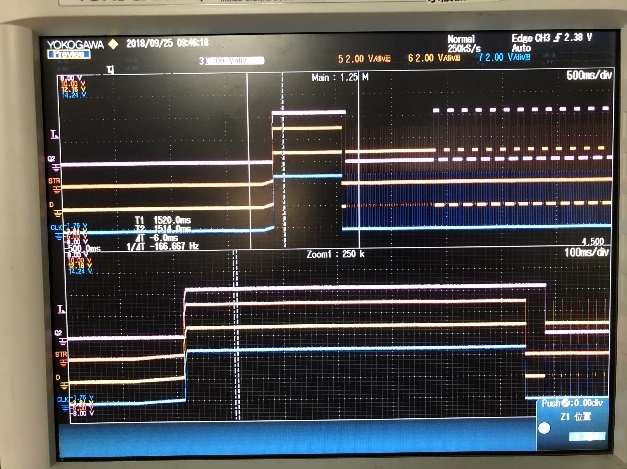Hi team,
My customer has met an issue with CD4094B during power up. Description is as below:
1. CD4094B has control pins of STORBE, DATA, CLOCK, Output enable. All pins are pulled to high during power up.
2. Customer monitors the output Q1~Q7 pin during power up. Some patch of the boards have H-level output while some are L-level output. All the boards have the same design.
Would you help explain if this behavior makes sense and why? Thanks ahead.
Regards
Patrick




